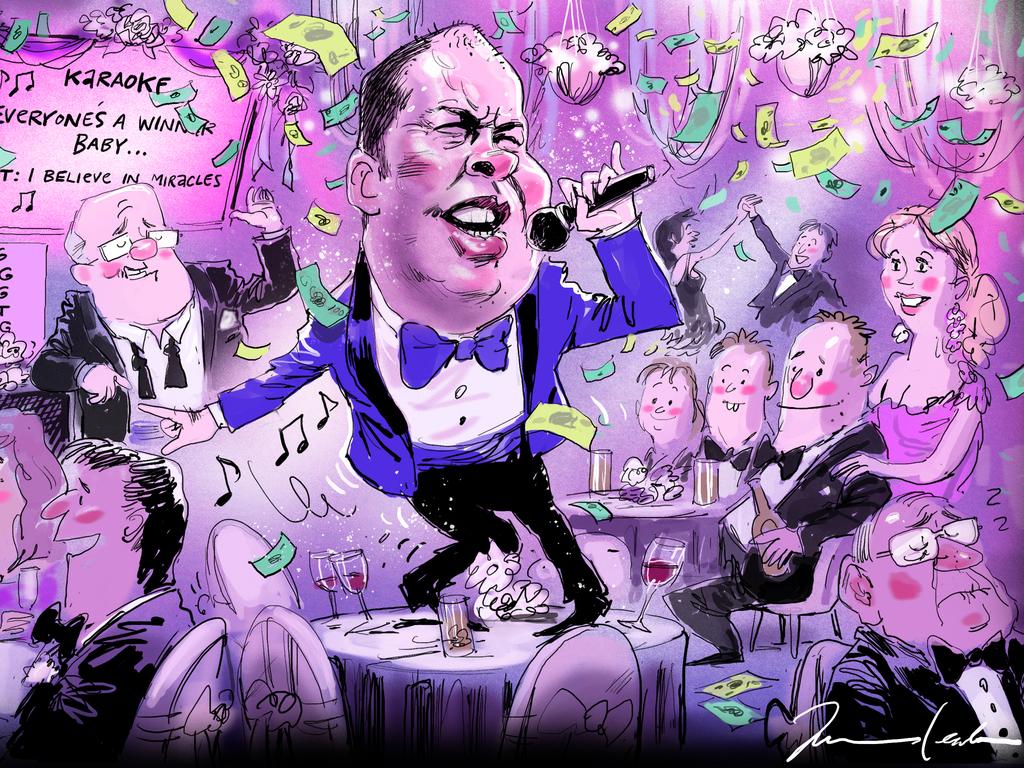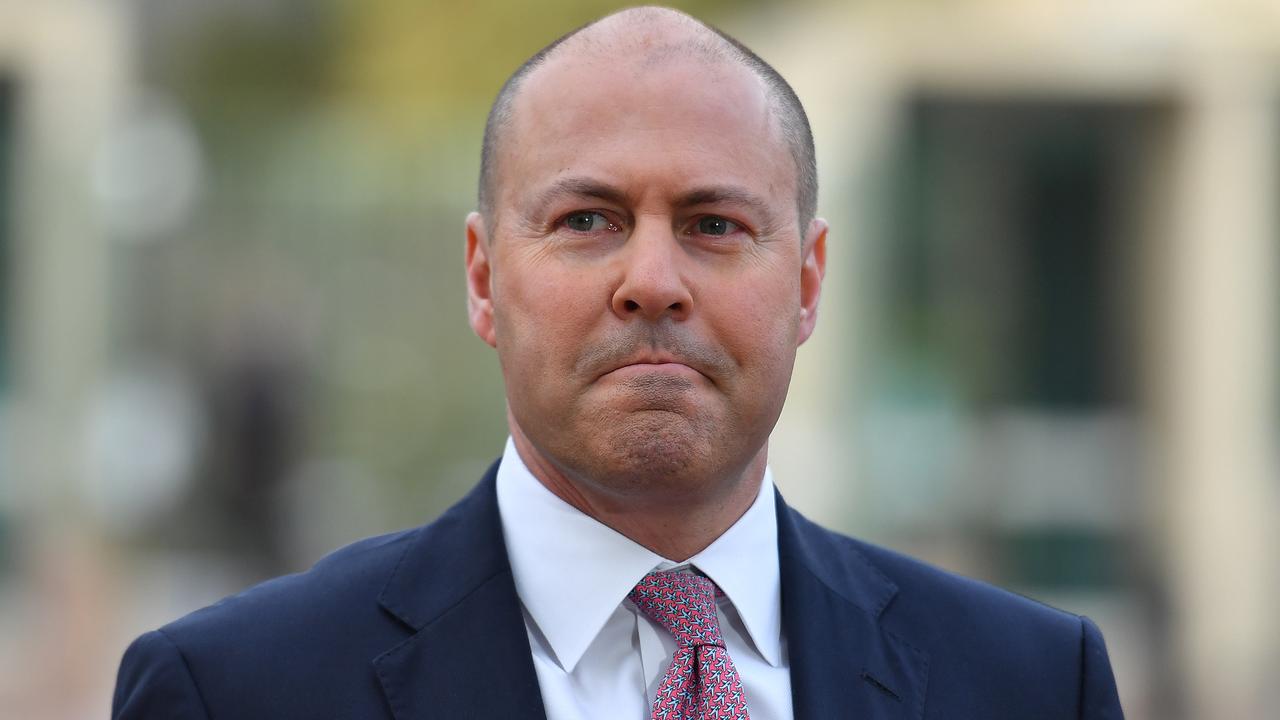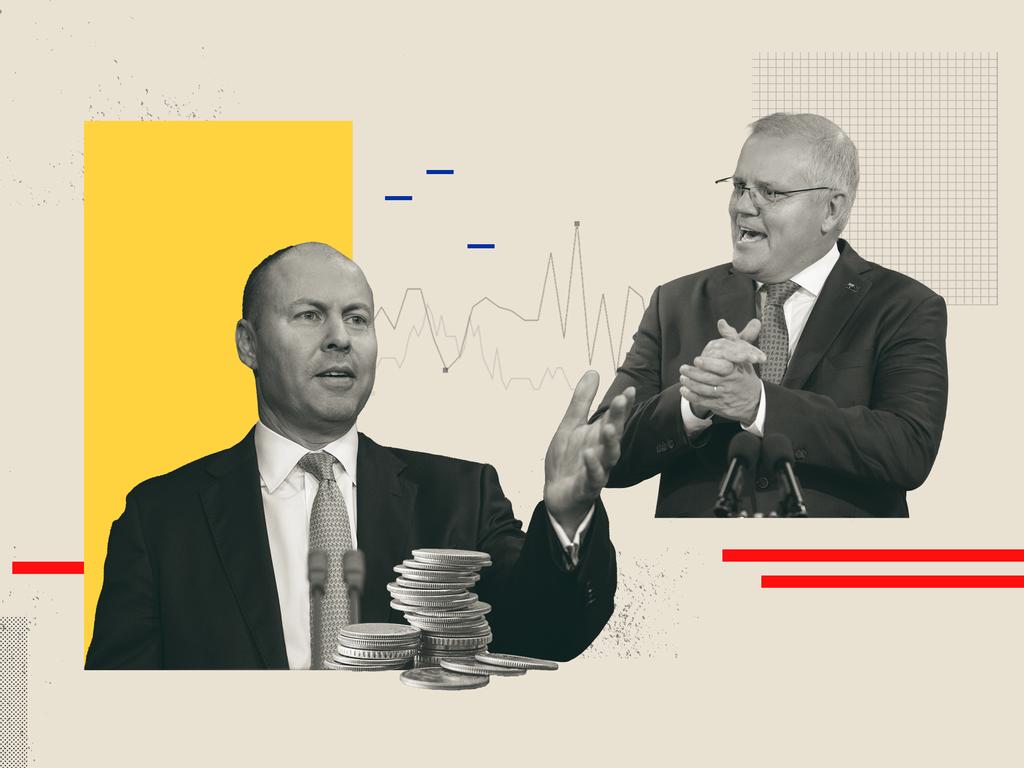
Neither the public servants in Canberra nor the current generation of private enterprise mangers have ever experienced the sort of wage explosion that the current powder keg being created by federal and state governments (plus the Reserve Bank) could unleash. Boards need to be ready to operate in a totally different environment.
The budget is not the only trigger for the wage push, but its major spending commitments come at a time of an acute shortage of skills covering a wide area.
I can never a recall a time when the Canberra’s political elite – the Government, the Opposition and the Reserve Bank – all want higher wages at a time of skills and material shortages. I believe they will be “successful” although the Treasury data in the budget assumptions assumes they fail.
Two encounters in the last few days brought home to me the dangers of a wage and cost break out.
I was talking to professional services firms including large accountants and they are being forced to raise salaries sharply to retain their skills base. That will also apply to manufacturers and vast areas of the building and trades. There is a desperate shortage of skilled long distance truck drivers.
In now forgotten past decades such pay rises in key industries always spread into awards over time.
Secondly, in materials we have been helped by the sluggishness in inner-city apartment development and the fact that infrastructure spending has been slower-than-expected.
But it’s now set to accelerate.
And on the eve of the Australian budget, Chinese factories notified Australian enterprises that they had increased the price of steel products by 12.5 per cent and aluminium products by 8.5 per cent (aluminium products have risen 50 per cent in the last 12 months). The higher Australian dollar is helping importers but these are big rises and will spread into other imports from China.
Construction and manufacturing enterprises are now trying to return to Australian sourcing but finding those locals still in business at full stretch.
What this cocktail of events means is that by the end of the 2021-22 budget period we can expect that, while we will have lower unemployment, we will also have much higher wages and prices.
Treasury believes that is wrong and assume in the budget that wages in 2021-22 will rise by only 1.5 per cent and then be held to 2.25 per cent in 2022-23 and 2.5 per cent in 2023-24.
Obviously definitive predictions which go against Treasury budget forecasts carry great risk for commentators like me. But my task is go into the real world and, in this case, warn enterprises that there are forces out there that are likely to make Treasury wrong.
Some enterprises will be able to shield themselves from a wage push by astute labour management. Others will offset higher wages via increased digitisation and better productivity systems. Others are in a position to increase prices. Some will not have any of the above options and will suffer badly if I am right. For example builders who have signed up increased numbers of home building contracts at fixed prices that are too low will be under pressure.
Treasury forecast that the consumer price index will jump 3.5 per cent in the current 2020-21 year but then halve to just 1.5 per cent in 2021-22 and even in 2022-23 its only estimated at a 2.25 per cent rise. The Reserve Bank must be working off the same song sheet in forecasting that interest rates will stay low.
To illustrate how unprepared enterprises are for a higher wage cost environment (they believe Treasury), non-mining investment fell 4.5 per cent in 2019-220 and Treasury forecast mammoth 6.5 per cent decline in 2020-21.
Next financial year, or 2021-22, Treasury think non-mining investment will creep up by just 1.5 per cent but then sky rocket by 12.5 per cent in 2022-23.
If Treasury are right it means that Australian productivity is falling and so we are totally unprepared for a wages explosion.
But what we are hearing from the National Australia Bank is that investment intentions have has turned dramatically upwards — helped by the Frydenberg measures. According to NAB, Australian companies are planning massive investment in 2021-22 with higher productivity the aim. And that includes the rural sector.
I was talking to people attending the famous Rockhampton bull show. And almost a half the stands were aiming at products and services to improve farm productivity and they were doing a roaring trade.
If you believe Treasury and the Reserve Bank then there is no need to lock in rates on borrowing. But if I am right interest rates will rise in 2022 so its urgent that highly indebted households borrow for as long a period as they can arrange at a fixed rate. The same applies to companies. I hope I am wrong.
Australia will need massive skills training and large skills migration to counter the wage push. Neither is likely to take placed quickly enough.








Contrary to the budget assumptions, enterprises around Australia should prepare for much higher wage and salary pressures.